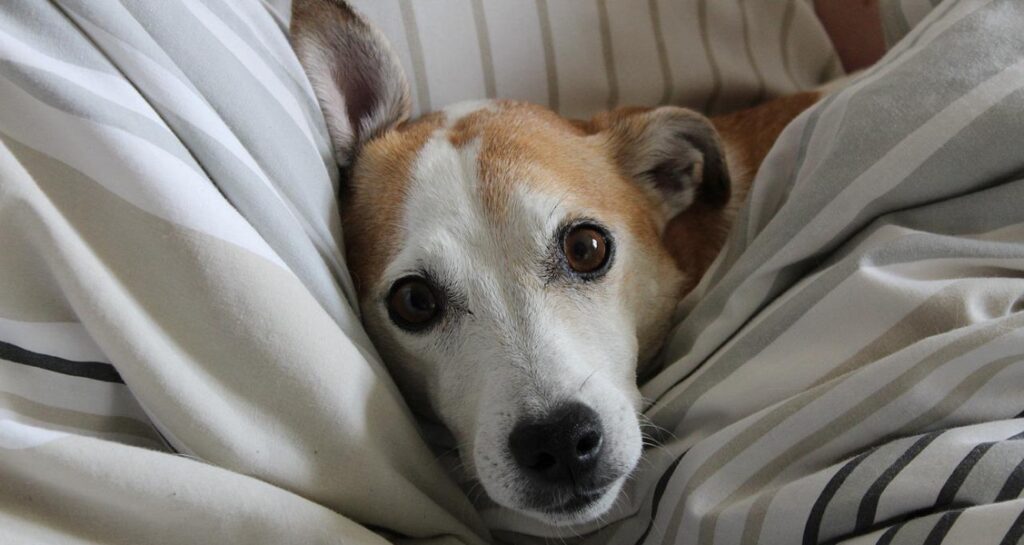If you, or your child, love dogs, it’s normal that you/they are going to want to interact with other people’s dogs at some point. Sadly, many dogs are fearful or anxious when approached by a stranger, but often give only subtle signs of their unease. If you meet a dog whilst out and about, it’s very tempting to try and pet them, but you should always ask the owners permission first, and keep an eye out for signs that the dog isn’t comfortable with you approaching it.
Some fearful dogs make it very clear that they aren’t comfortable with strangers, by not approaching people at all, or cowering when people get too close. Many will only give very tiny, easily missed signs, which can lead to a warning nip, if you get too close.
Things to watch out for are:
- Turning the head away, ducking away, or backing off
- Stiffening the body as you approach
- Flattening the ears to the side
- Showing the whites of the eyes
- Raised hackles (a line of hair along the back)
- Licking and chewing motions with the mouth
- Curling the top lip
- Growling
- Barking
If a dog shows any of the above signs, it’s likely that continuing to try and touch it will end up with someone getting hurt. If a dog is pushed so far that it nips someone, the likelihood is that the authorities will insist that it is put to sleep – a sad ending to a situation which could have been avoided by reading the body language of a dog who was trying very hard to tell you to back off.
If you see a dog wearing yellow, it means that the dog is anxious, and should not be approached or touched.
Please help us to spread the word – YELLOW MEANS CAUTION , by sharing this post with your friends, and in the social media groups that you use.
